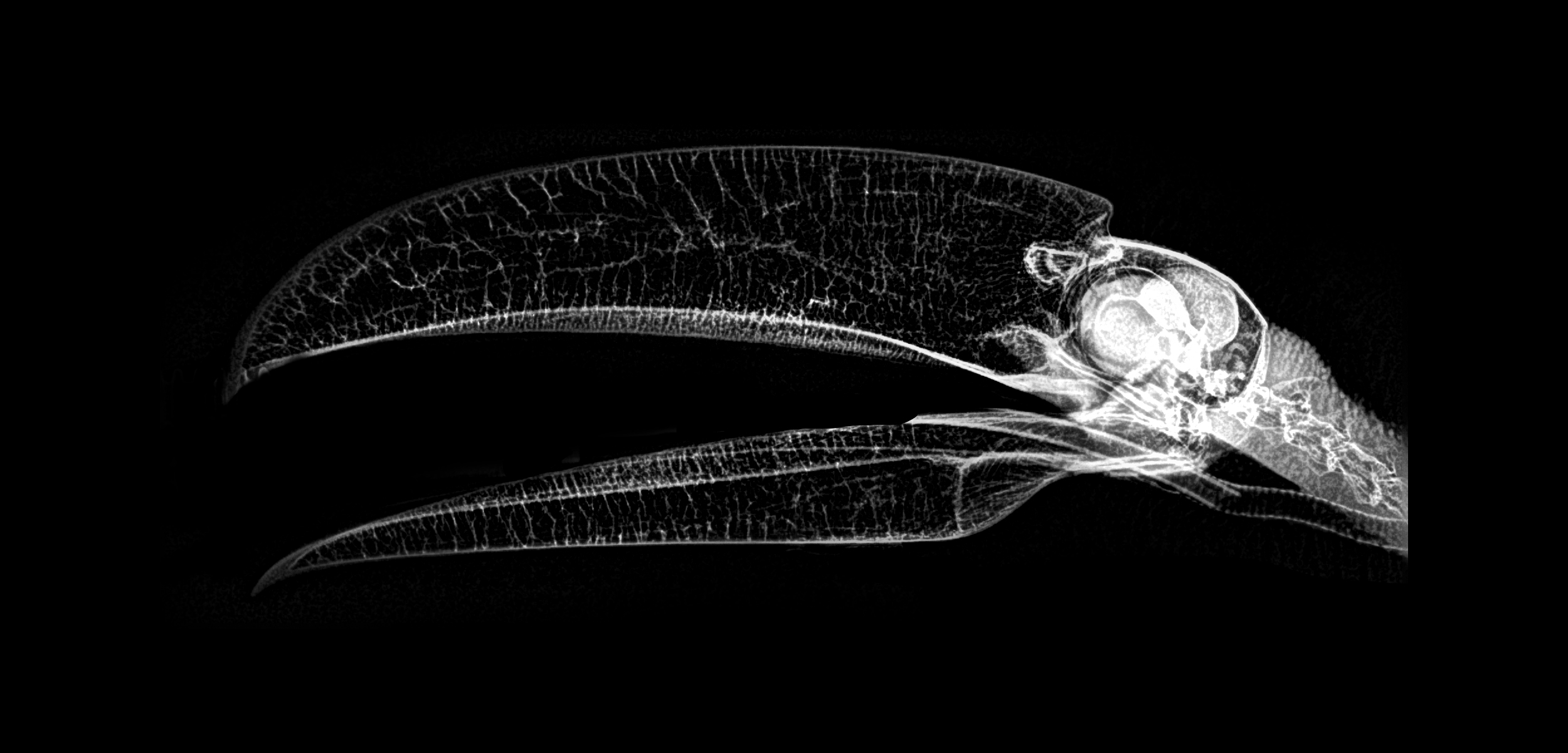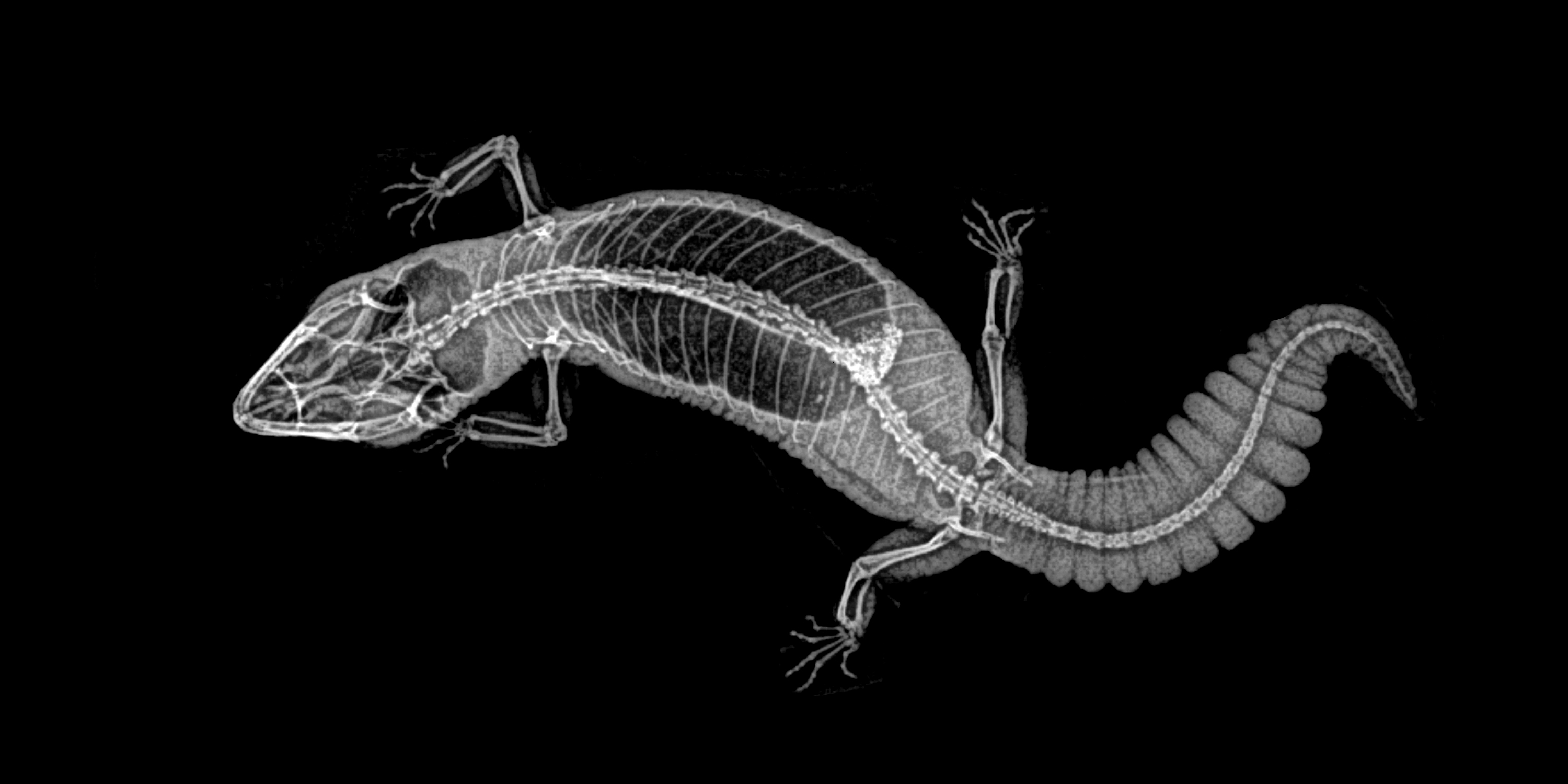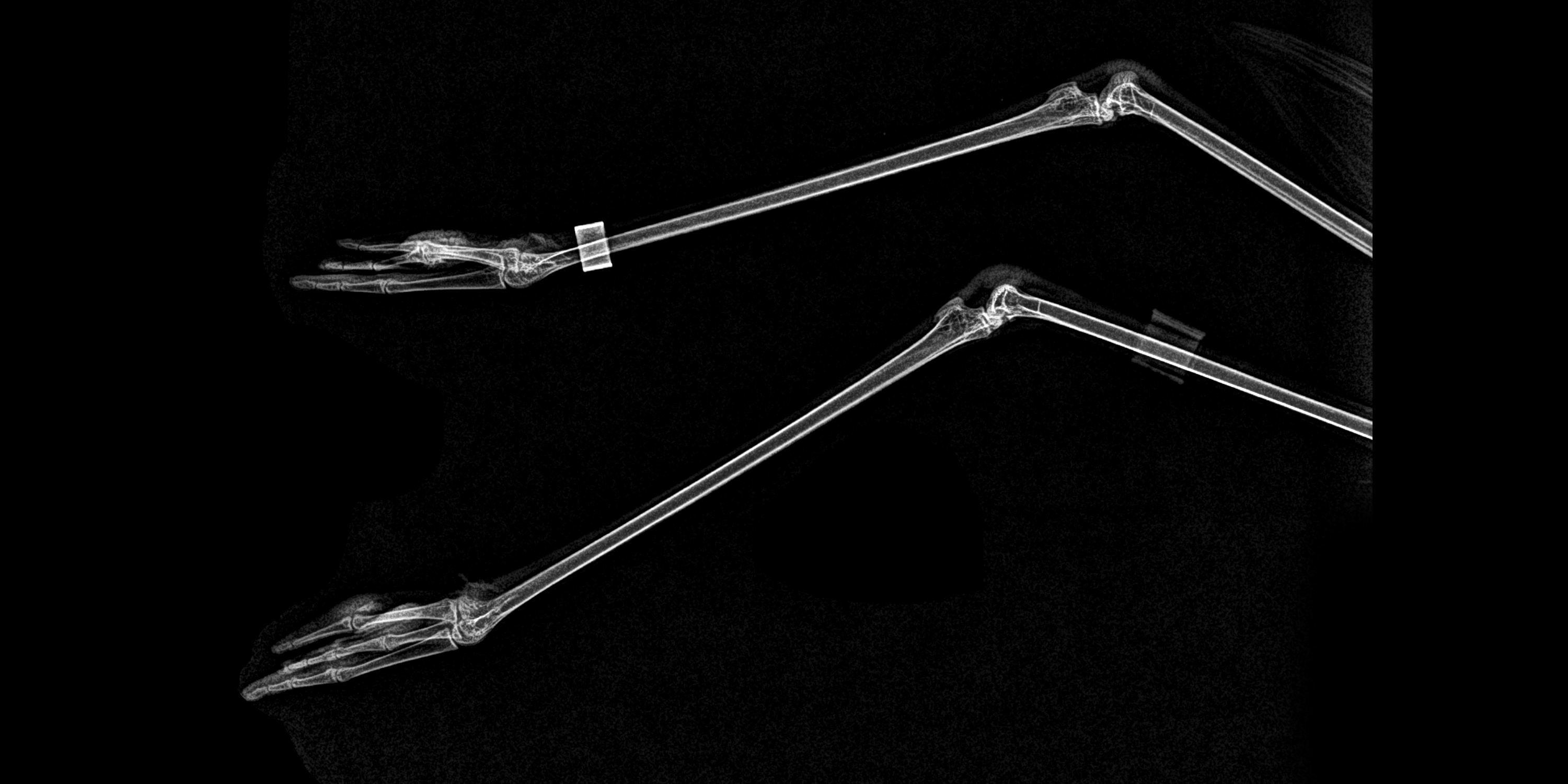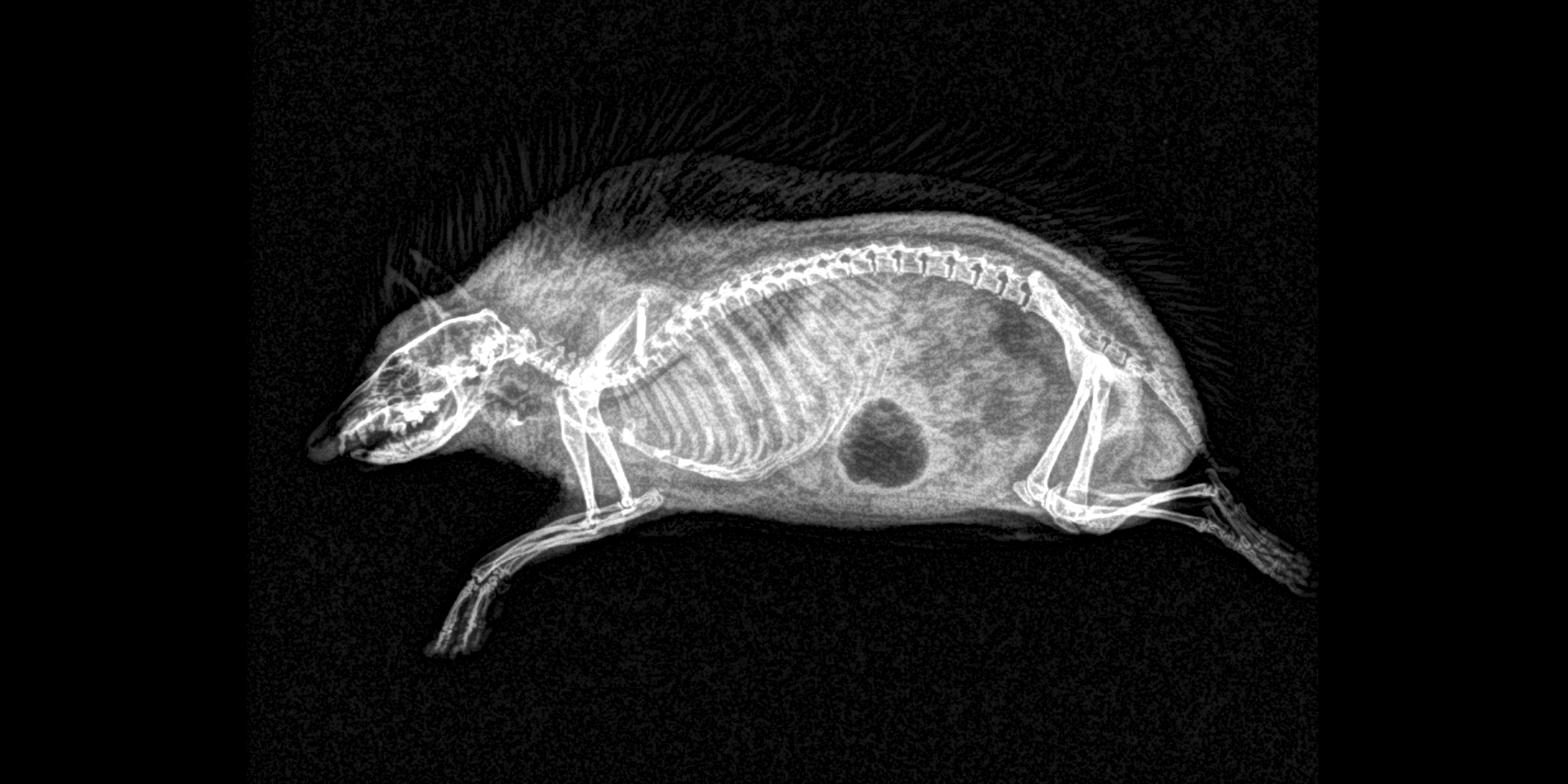In Photos: Eerie Zoo Animal Skeletons, in X-Rays
Toco toucan

Also known as the common toucan, the Toco toucan is the biggest and best-known of all the toucans — a group that includes more than 40 species.
Fat-tailed gecko

An X-ray of a fat-tailed gecko makes it easy to see how the animal got its name, with a thin chain of tail bones cushioned by plenty of flesh.
Flamingo

The digital X-ray system used by the Oregon Zoo "produces images with great detail and clarity. It helps ensure excellent health care for the animals, and it also provides a unique glimpse inside the world of wildlife," zoo representatives said in a statement.
Hedgehog

Veterinarians use X-rays to monitor the health of zoo animals. While a dark blob inside the gut of this hedgehog may look alarming, it is actually just a harmless ball of gas.
Sign up for the Live Science daily newsletter now
Get the world’s most fascinating discoveries delivered straight to your inbox.

Mindy Weisberger is an editor at Scholastic and a former Live Science channel editor and senior writer. She has reported on general science, covering climate change, paleontology, biology and space. Mindy studied film at Columbia University; prior to Live Science she produced, wrote and directed media for the American Museum of Natural History in New York City. Her videos about dinosaurs, astrophysics, biodiversity and evolution appear in museums and science centers worldwide, earning awards such as the CINE Golden Eagle and the Communicator Award of Excellence. Her writing has also appeared in Scientific American, The Washington Post and How It Works Magazine. Her book "Rise of the Zombie Bugs: The Surprising Science of Parasitic Mind Control" will be published in spring 2025 by Johns Hopkins University Press.









